Historical Evolution of Tokyo’s Transport System
The genesis of Tokyo’s transport system can be traced back to the days when Tokyo, then known as Edo, was a fortified town. The early modes of transport were boats along the Sumida River and simple palanquins carried by footmen.
As the city expanded during the Meiji Restoration, the need for a more robust transportation system became evident.
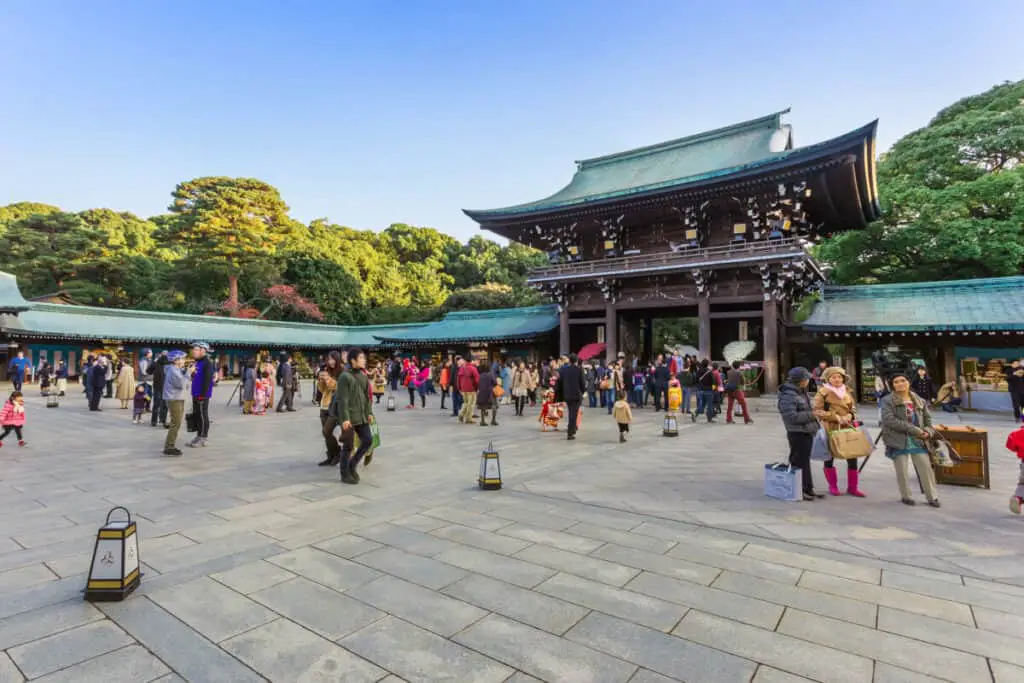
The inaugural railway line, connecting Shimbashi and Yokohama in 1872, laid the foundation for Tokyo’s future as a rail-centered city.
Throughout the 20th century, as Tokyo underwent rapid modernization and faced challenges, including the destruction wrought by the Great Kanto Earthquake and World War II, the transport infrastructure constantly evolved.
Post-war, Tokyo saw an explosion of growth, leading to the development of the subway lines and the iconic Shinkansen, or the Bullet Train, in the 1960s.
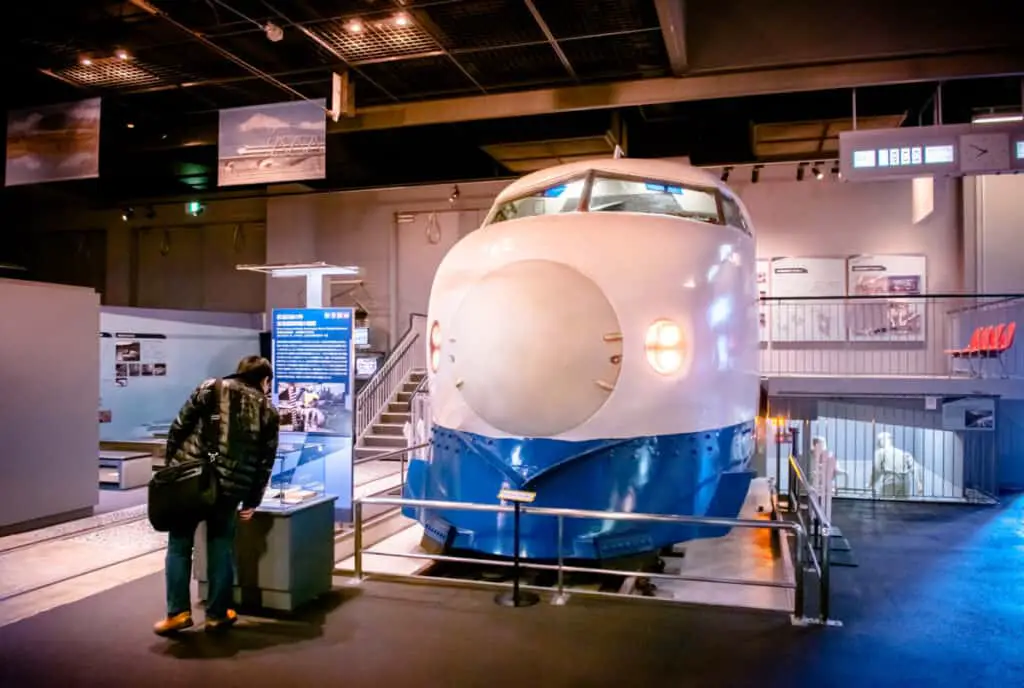
The late 20th and early 21st century introduced innovations such as the IC card system, making commuting cashless and seamless. As Tokyo continues to grow, the transportation system does too, adapting to new technologies, environmental challenges, and the ever-evolving needs of its population.
The story of Tokyo’s transport is not just about infrastructure, but also about a city’s resilience, innovation, and unwavering commitment to keeping its people moving.
As we delve deeper into each mode of transportation in the subsequent chapters, we’ll uncover the layers of history, design, and cultural significance that make Tokyo’s transportation network a subject of global admiration.
Railways
JR Lines: Yamanote, Chuo, Keihin-Tohoku, and more
The Japan Railways (JR) Group, a name synonymous with railway transport in Tokyo, operates a slew of lines that cater to both the daily commuter and the occasional traveler.
At the heart of these is the Yamanote Line, which encircles central Tokyo, touching upon many of the city’s major districts.
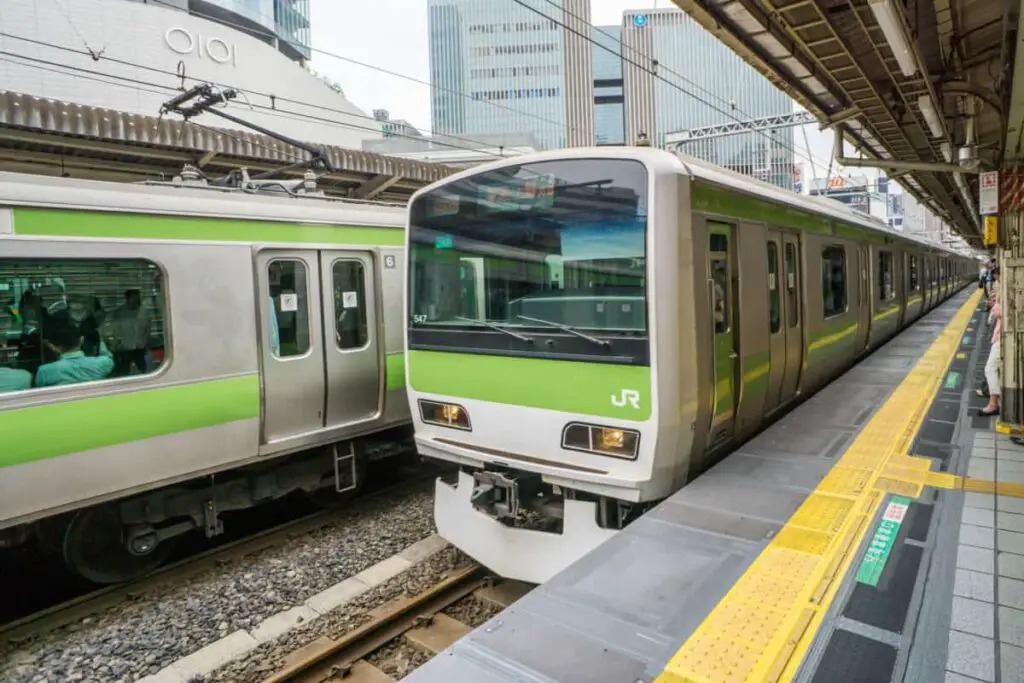
The Chuo Line, slicing Tokyo from east to west, is another lifeline, offering rapid transit between Tokyo and its western suburbs.
The Keihin-Tohoku Line, on the other hand, connects Tokyo with cities to the north and south, including Kawasaki and Yokohama. Each JR line has its own unique trajectory and importance, but together they form the backbone of Tokyo’s rail transportation.
Tokyo Metro and Toei Subway Lines: Navigating the Underground
Delving beneath the city’s surface reveals another world: the labyrinthine network of Tokyo Metro and Toei Subway lines.
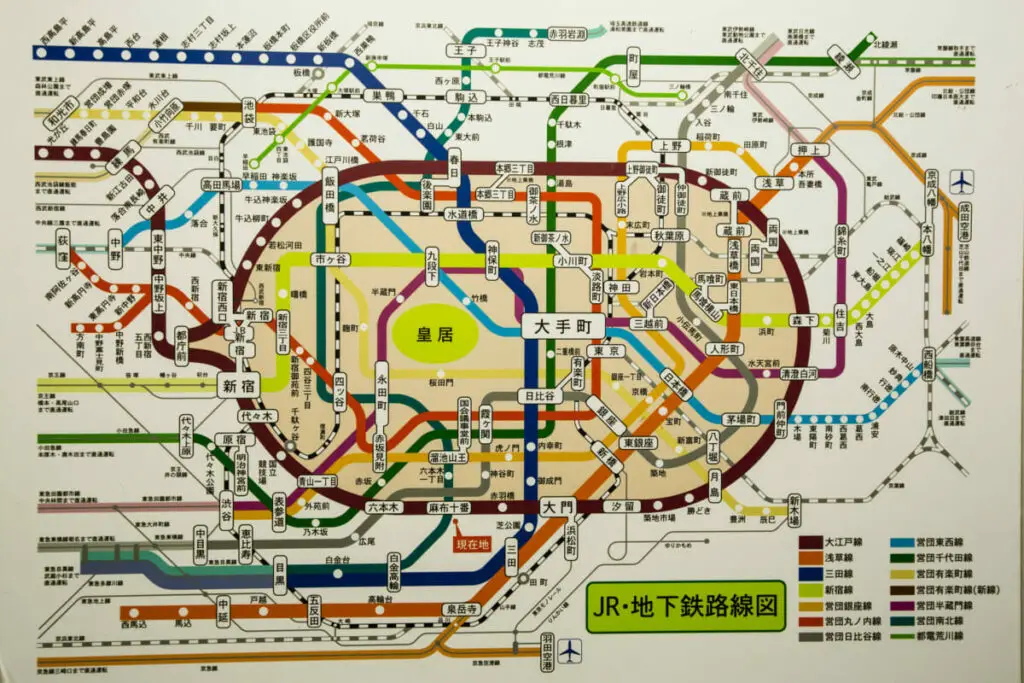
Comprising a combined 16 lines, these underground arteries connect places the JR lines might not touch, ensuring even the most tucked-away parts of Tokyo are accessible.
With its iconic color-coded routes, like the Ginza or Marunouchi Lines, these subways are not just modes of transport but an integral part of Tokyo’s identity.
Private Railways: Keikyu, Keio, Odakyu, and others
Beyond the dominant JR and metro lines lie the private railways. The Keikyu Line, for example, offers a direct link from Haneda Airport to the city.
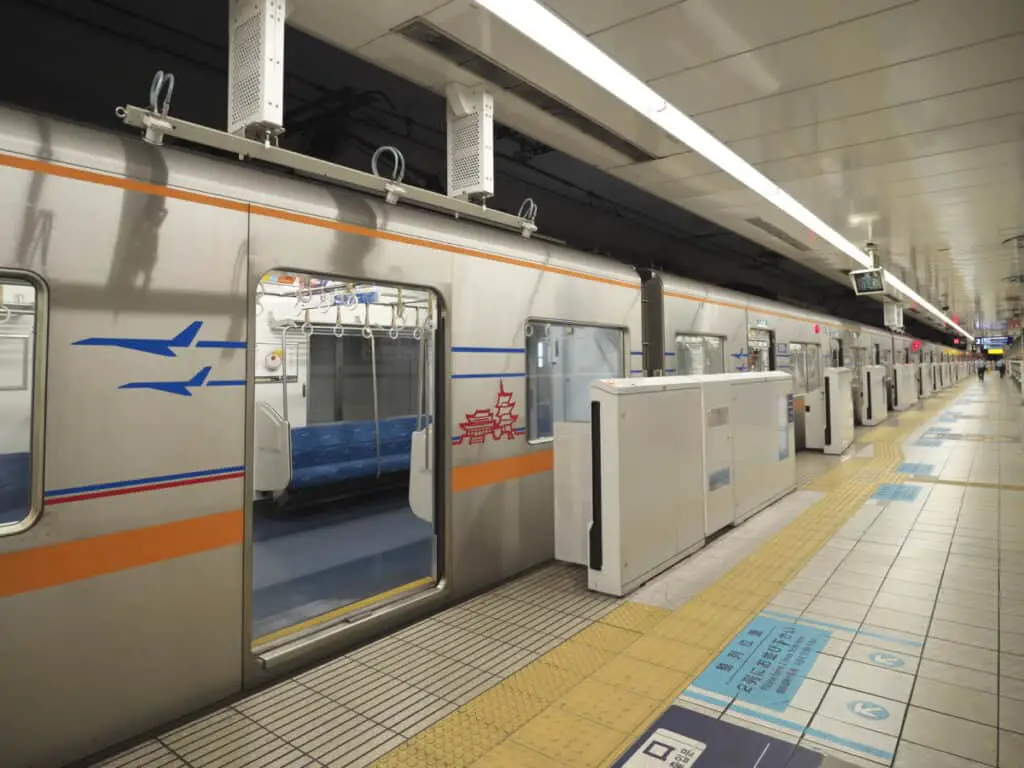
Keio and Odakyu Lines, on the other hand, connect Tokyo with its western areas, such as Mount Takao and Hakone, proving essential for both daily commuters and nature-loving tourists.
Each private line, with its distinct routes and services, adds another layer to Tokyo’s rich tapestry of rail transport.
Shinkansen: The Bullet Train
The Shinkansen, or the “Bullet Train”, is Japan’s pride and joy. Whizzing at speeds upwards of 300km/h, it connects Tokyo to the rest of Japan, from the snowy landscapes of Hokkaido in the north to the tropical climes of Kyushu in the south.
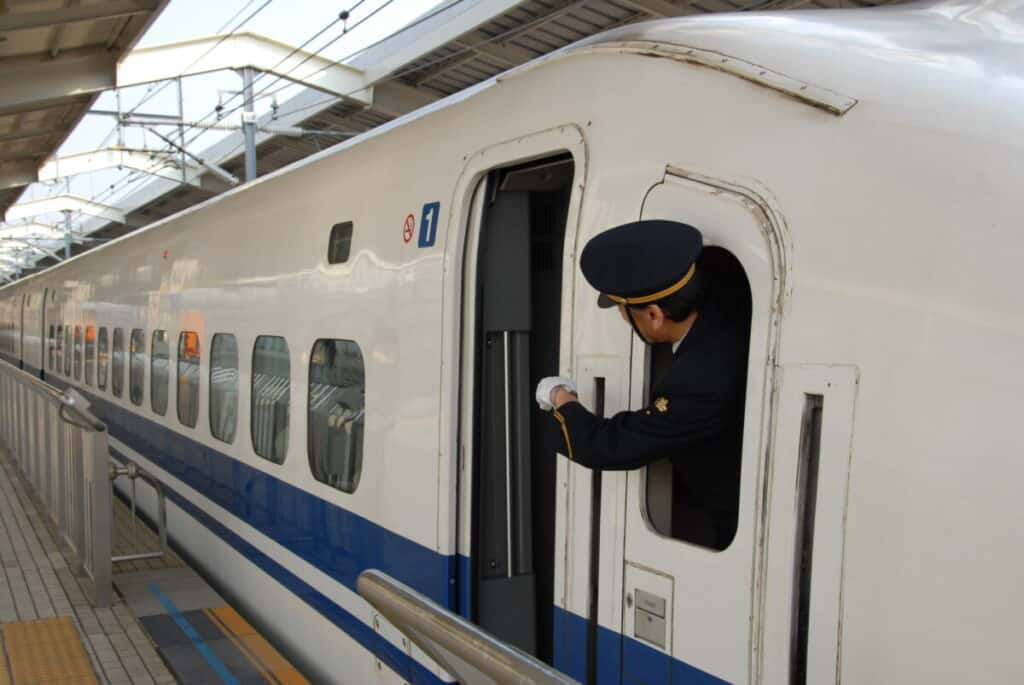
The sleek design, punctuality, and efficiency of the Shinkansen are emblematic of Japanese engineering and innovation.
Key Railway Stations: Tokyo, Shinjuku, Shibuya, Ueno, etc.
A discussion about railways in Tokyo would be incomplete without mentioning its grand stations. Tokyo Station, with its regal red-brick facade, is not just a transport hub but a historical monument.
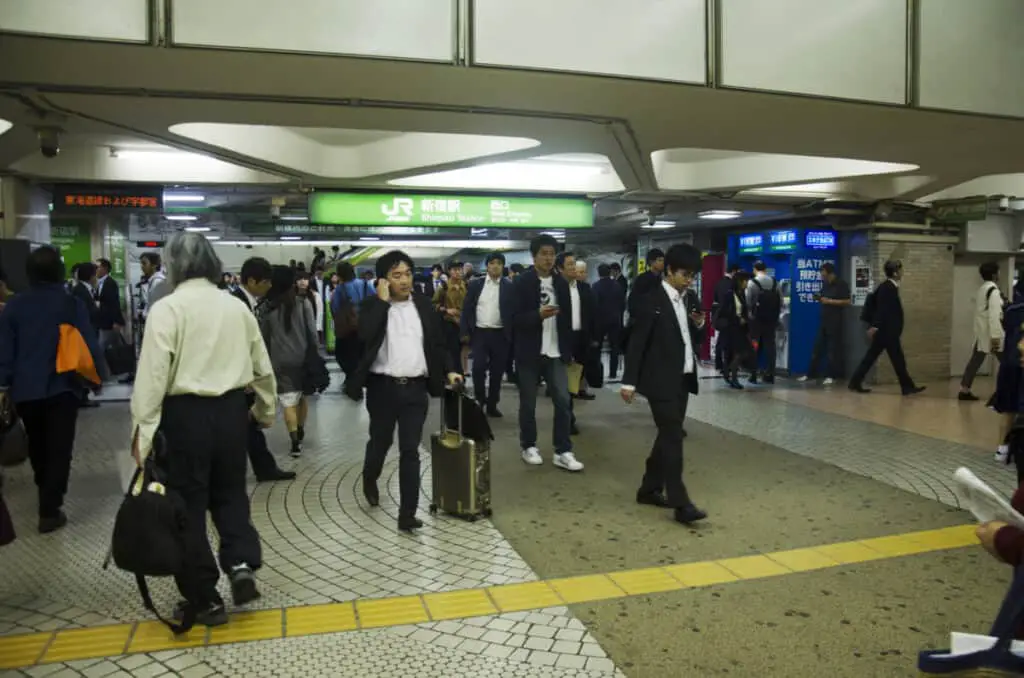
Shinjuku, perhaps the busiest station in the world, is a microcosm of Tokyo itself with its myriad shops, restaurants, and platforms.
Shibuya, with its iconic scramble crossing, and Ueno, the gateway to the cultural treasures of Ueno Park, are other jewels in Tokyo’s rail crown. Each station, with its unique ambiance and offerings, is a destination in its own right.
Tips for Using the Rail System
- IC Cards: Invest in cards like Suica or Pasmo for hassle-free, tap-and-go travel across almost all railway networks.
- Rush Hours: Avoid traveling between 7:30am-9am and 5pm-7pm when the trains are at their most crowded.
- Train Etiquette: Stand on designated sides on escalators, wait in line, and prioritize seats for the elderly, pregnant, or differently-abled.
- Apps: Utilize navigation apps tailored for Tokyo’s rail system, like Hyperdia or the official Tokyo Metro app, to plan routes efficiently.
- Platform Markings: Pay attention to platform markings indicating where the train doors will be, especially when catching the Shinkansen.
- Station Maps: Familiarize yourself with station layouts, especially at major hubs, to navigate interchanges seamlessly.
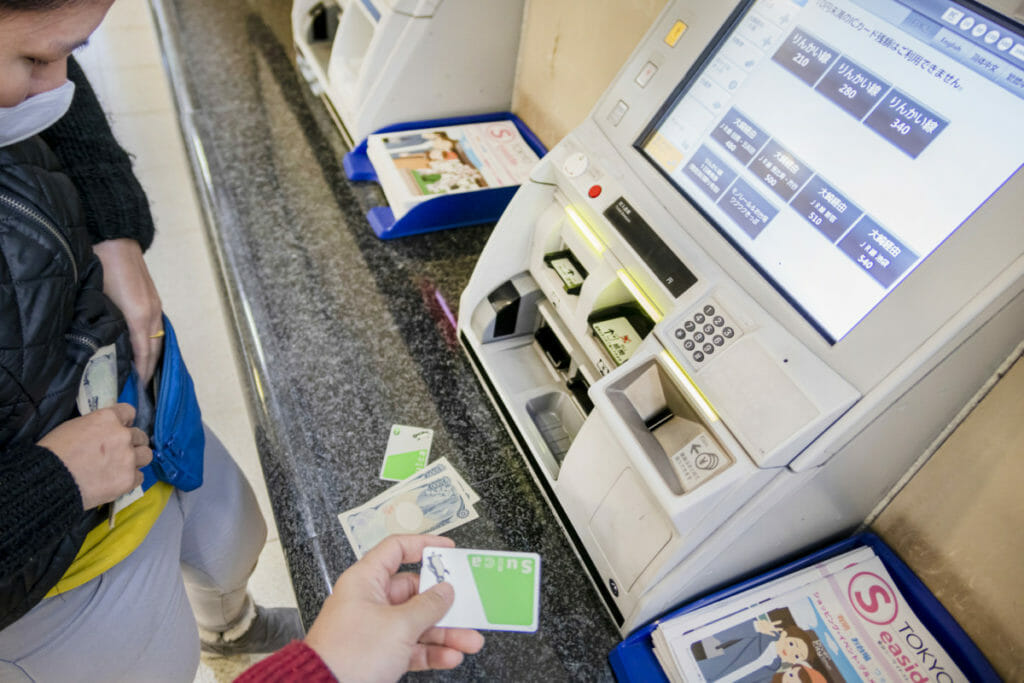
By understanding and appreciating the vast railway network that Tokyo offers, travelers and residents alike can unlock the true potential of the city, moving swiftly and efficiently between its myriad attractions and destinations.
Buses
Toei Bus Network: Routes and Coverage
While the trains often steal the limelight in Tokyo, the Toei Bus Network serves as a crucial component of the city’s transportation fabric.
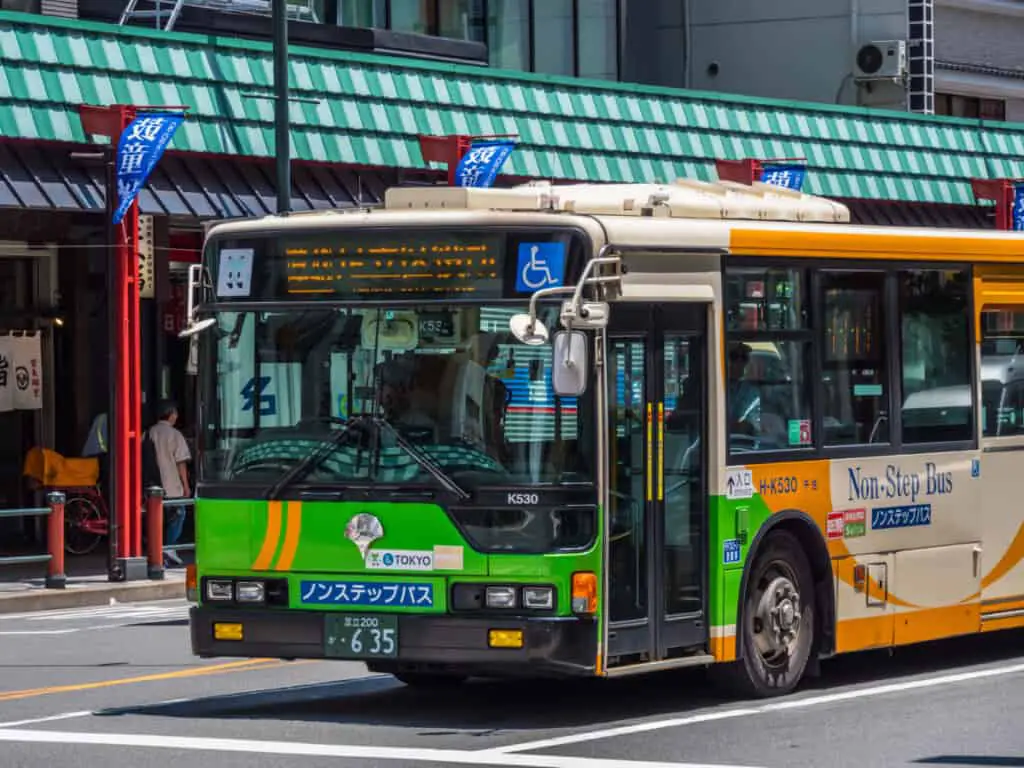
These buses help fill in the gaps, connecting neighborhoods not directly accessible by train. With an extensive range of routes, the Toei Buses touch upon almost every corner of Tokyo, making them indispensable for certain commutes and exploratory journeys.
The buses are easily recognizable by their distinct livery and display both Japanese and, on major routes, English information.
Highway Buses: Long-Distance Travel
Beyond the confines of Tokyo, highway buses provide an affordable and comfortable means of long-distance travel.
Connecting Tokyo to other major cities and tourist destinations across Japan, these buses often come equipped with amenities such as reclining seats, WiFi, and on-board restrooms.
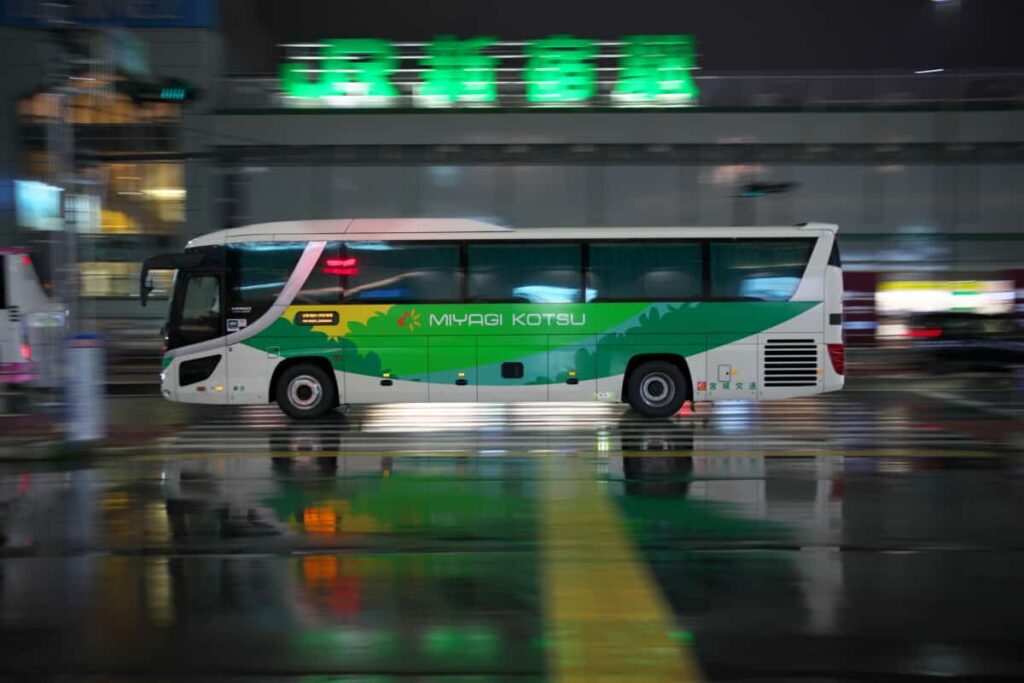
They serve as a viable alternative to the Shinkansen, especially for budget travelers, while offering picturesque views of the Japanese countryside.
Airport Limousine Buses: Connecting Air and Ground
Navigating between Tokyo’s dense urban maze and its airports, Narita and Haneda, is made simpler with the Airport Limousine Buses.
These specialized buses provide direct routes to major hotels and train stations, ensuring a stress-free transition for weary travelers.
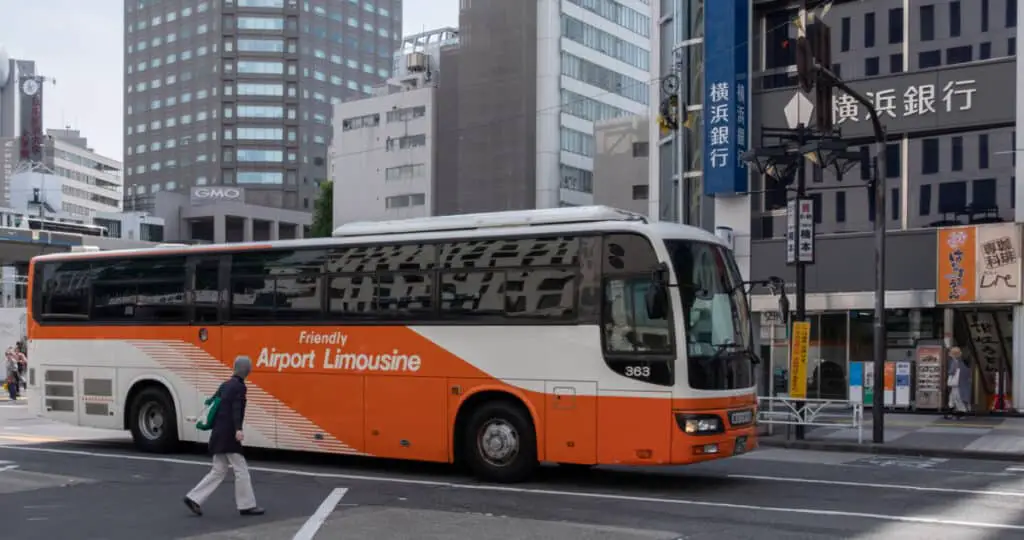
With spacious seating, luggage handling services, and timely schedules, they present a compelling transport option, especially for those with heavy baggage or unfamiliarity with Tokyo’s train network.
Using IC Cards on Buses
The convenience of IC cards extends to buses as well. Cards such as Suica and Pasmo can be tapped upon boarding, eliminating the need for exact change or purchasing individual tickets.
It simplifies the process and ensures a seamless transition between trains and buses for multi-modal journeys.
When boarding a Toei bus, passengers tap their card upon entering and again when exiting, ensuring the correct fare is deducted based on the distance traveled.
Accessibility on Buses
Tokyo takes pride in its efforts to make public transportation accessible to everyone. Buses in Tokyo are equipped with features that cater to the differently-abled:
- Low Floors: Many buses have a low-floor design, making it easier for passengers with mobility challenges to board and alight.
- Priority Seating: Specific seats are reserved for the elderly, pregnant women, and individuals with disabilities.
- Audio and Visual Announcements: Major stops are usually announced both audibly and via on-board screens, aiding visually or hearing-impaired passengers.
- Wheelchair Space: Dedicated space and sometimes even securement belts are provided for wheelchair users.
The bus network in Tokyo, though perhaps less celebrated than its railway counterpart, offers a unique and essential means of navigating the city and beyond.
From the humble local routes of the Toei network to the expansive intercity links of the highway buses, they collectively ensure that no destination is truly out of reach.
Taxis & Rideshares
Traditional Tokyo Taxis
A staple on Tokyo’s bustling streets, traditional taxis are as iconic as they are convenient. Often characterized by their immaculate green, yellow, or black colors, and the politeness of their white-gloved drivers, these taxis offer a personalized and efficient mode of transport.
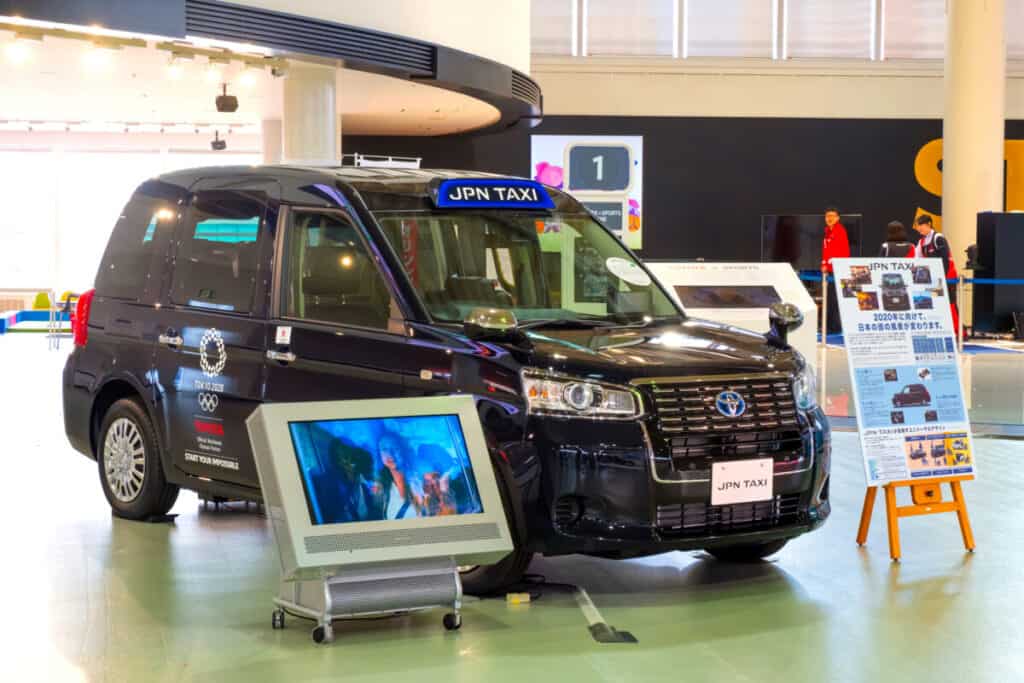
With their automatic passenger doors and pristine interiors, Tokyo taxis are a unique blend of tradition and technology.
App-based Rideshares
In the digital age, app-based rideshares have made significant inroads into Tokyo’s transportation landscape. Companies like Uber and Japan’s domestic Didi offer a modern twist to hailing a ride.
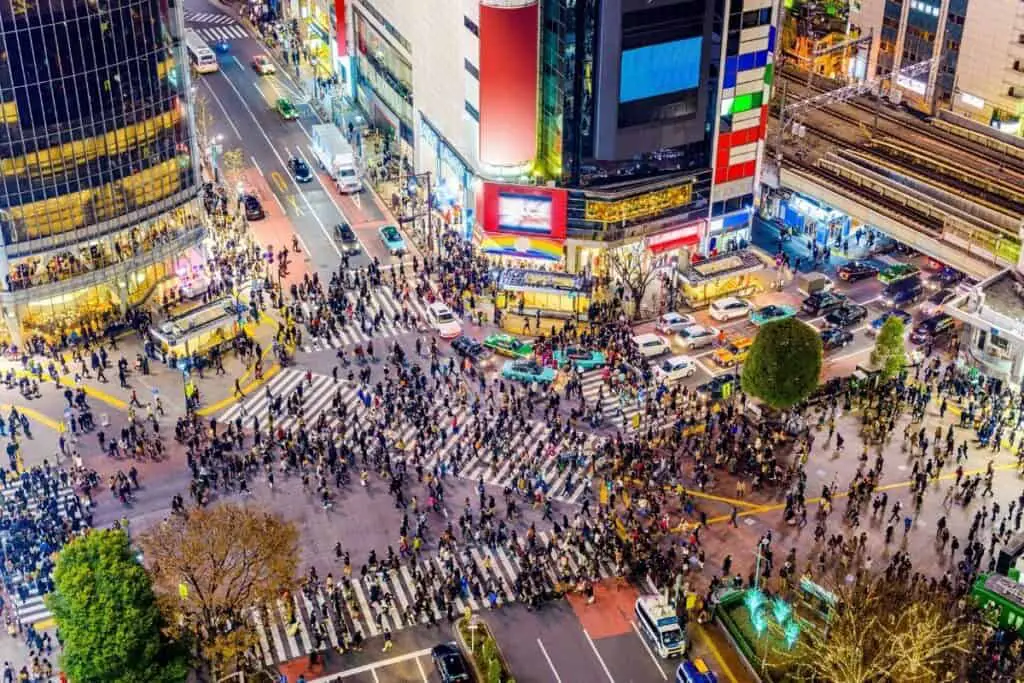
Users can book rides, choose destinations, and even rate drivers, all from the convenience of their smartphones.
While not as predominant as in some cities, rideshares in Tokyo offer a supplementary option, especially for those who prefer cashless transactions and route tracking.
Fare Structures and Tipping Etiquette

- Initial Fare: Taxis in Tokyo start with an initial fare, which covers a specific distance or time. The meter then increases based on the distance traveled or the time taken, especially during traffic standstills.
- Late-night Surcharge: Traveling during late-night hours (typically between 10 PM to 5 AM) may attract a surcharge, increasing the overall fare.
- Tipping: Unlike many other parts of the world, tipping isn’t customary in Japan. Drivers offer service with pride, and excellent service is a given, not an exception. Offering a tip can sometimes be seen as unnecessary or even rude. It’s best to simply pay the stated fare.
Special Features: Silent Taxis, Female-only Rides
Tokyo taxis often come with unique features tailored to the diverse needs and preferences of their passengers:
- Silent Taxi: For passengers who prefer a quiet journey, some taxis offer a ‘Silent Taxi’ service. Once requested, drivers will only speak when absolutely necessary, ensuring a peaceful commute.
- Female-only Rides: Recognizing the need for added safety and comfort for female passengers, certain taxi services provide female-only rides, driven by female drivers. These services, while not ubiquitous, can be found especially during late-night hours.
Tokyo’s taxi and rideshare services are more than just modes of transport; they embody the city’s commitment to hospitality, safety, and innovation.
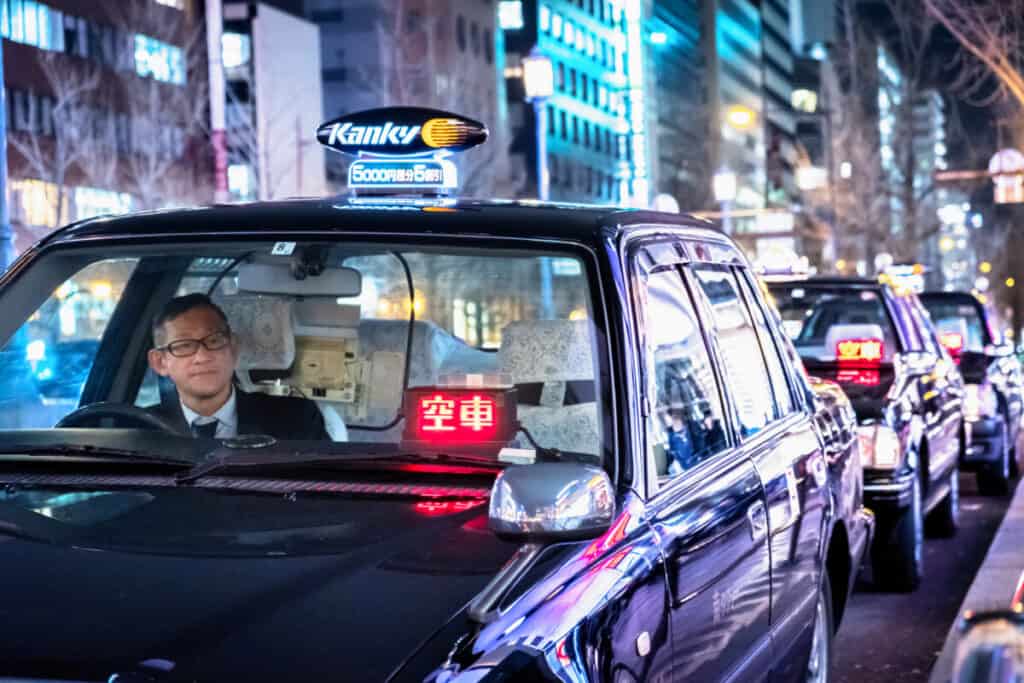
Whether it’s the courteous nod of a taxi driver or the ease of booking a ride on a smartphone, these services, though contrasting, collectively offer a nuanced and flexible approach to navigating Tokyo’s vast expanse.
Bicycling
Cycling Infrastructure in Tokyo
Tokyo’s urban sprawl is interspersed with patches of greenery, waterways, and neighborhood lanes, making it a surprisingly appealing city for cyclists.
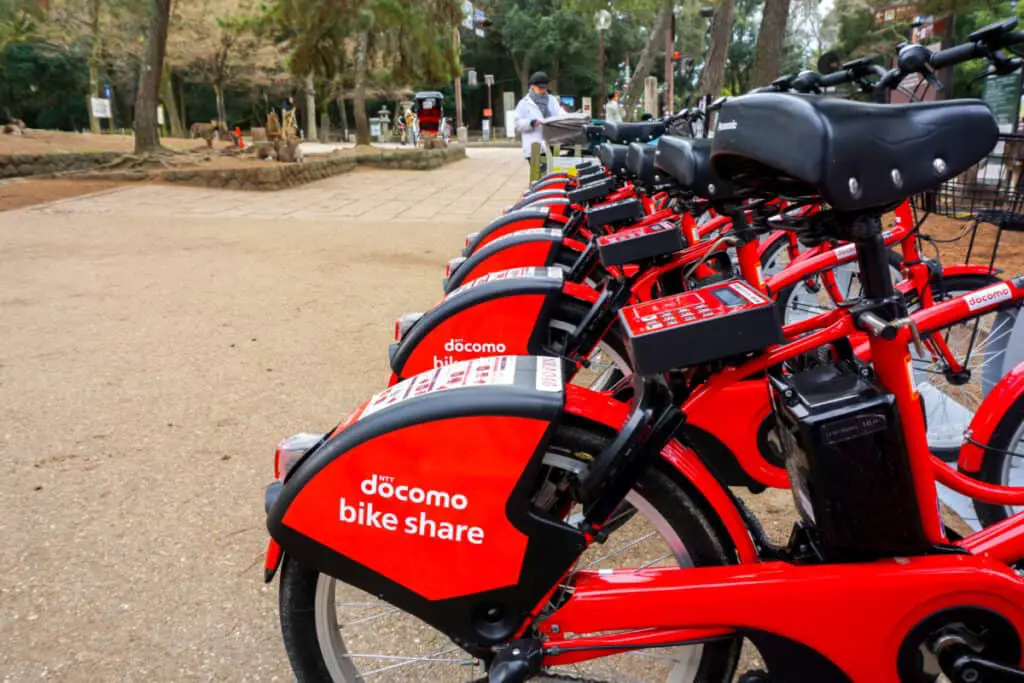
Over the years, the city has made significant strides in enhancing its cycling infrastructure:
- Bicycle Lanes: While not as extensive as some global cities, Tokyo has been gradually increasing its network of bicycle lanes, especially in newer areas and around major attractions.
- Shared Paths: In many parts of Tokyo, pedestrians and cyclists share pathways, marked distinctly to ensure safety for both.
- Bicycle Traffic Signals: Some busy intersections are equipped with bicycle-specific traffic lights, ensuring safe crossings for cyclists.
Bike Rental Services
For tourists and those without their own bikes, Tokyo offers several convenient rental services:
- Dokomo Bike Share: A popular bike-sharing program, users can pick up and drop off bicycles at any of the numerous docking stations around the city. Registration is simple, often done via a smartphone or at the docking station kiosk.
- Local Rental Shops: Many neighborhoods have local bike rental shops where users can rent bicycles by the hour or day.
- Specialty Bike Tours: Several companies offer guided cycling tours around Tokyo, providing not just the bicycles but also insights into the city’s history and culture.
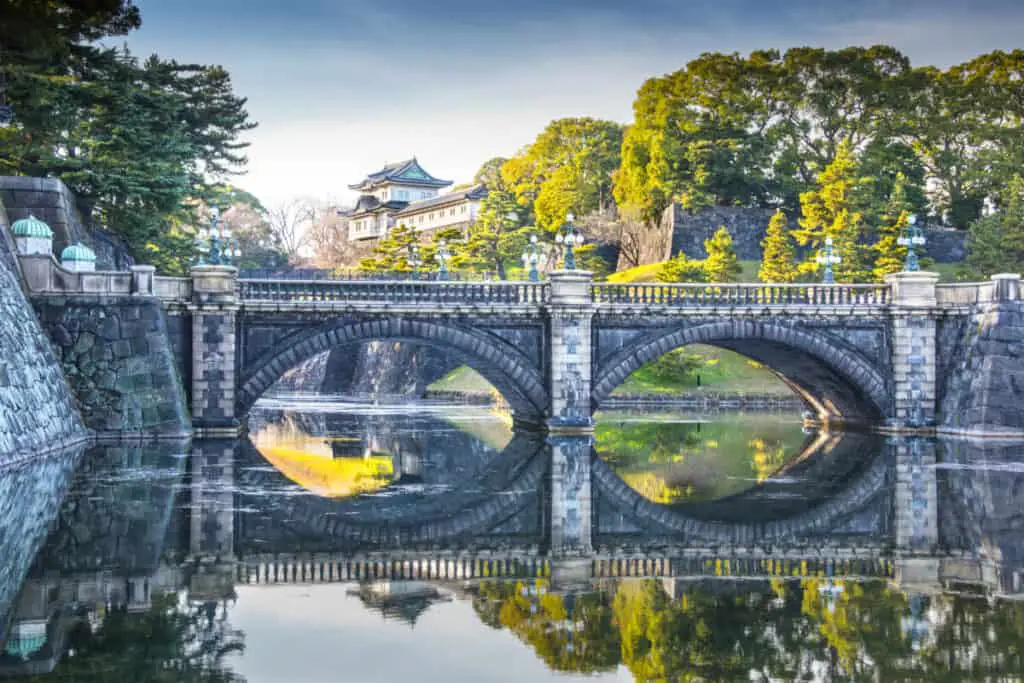
Tokyo’s Major Cycling Routes
- Sumida River Route: This serene route along the Sumida River provides cyclists with picturesque views of Tokyo’s skyline, complemented by cherry blossom trees during the spring.
- Imperial Palace Loop: A popular route for both joggers and cyclists, this loop around the Imperial Palace offers a mix of greenery, historic architecture, and smooth paths.
- Tama River Cycling Road: Stretching for several kilometers, this path along the Tama River is perfect for those looking for a longer, uninterrupted cycling experience.
Bicycle Parking and Etiquette
- Designated Parking Areas: Due to the dense nature of Tokyo, parking bicycles on sidewalks or non-designated areas can be problematic. Always look for designated bicycle parking zones, which might require a small fee.
- Parking Towers: Some areas in Tokyo offer multi-story bicycle parking towers, where bikes are mechanically stored and retrieved.
- Etiquette: Always give way to pedestrians, especially on shared paths. Use bells judiciously to alert others of your approach. At night, ensure your bicycle is equipped with lights for visibility.
Bicycling in Tokyo presents a unique blend of urban exploration and physical activity. It allows riders to experience the city from a ground-level perspective, often unveiling hidden gems and serene pathways amidst the city’s bustling backdrop.
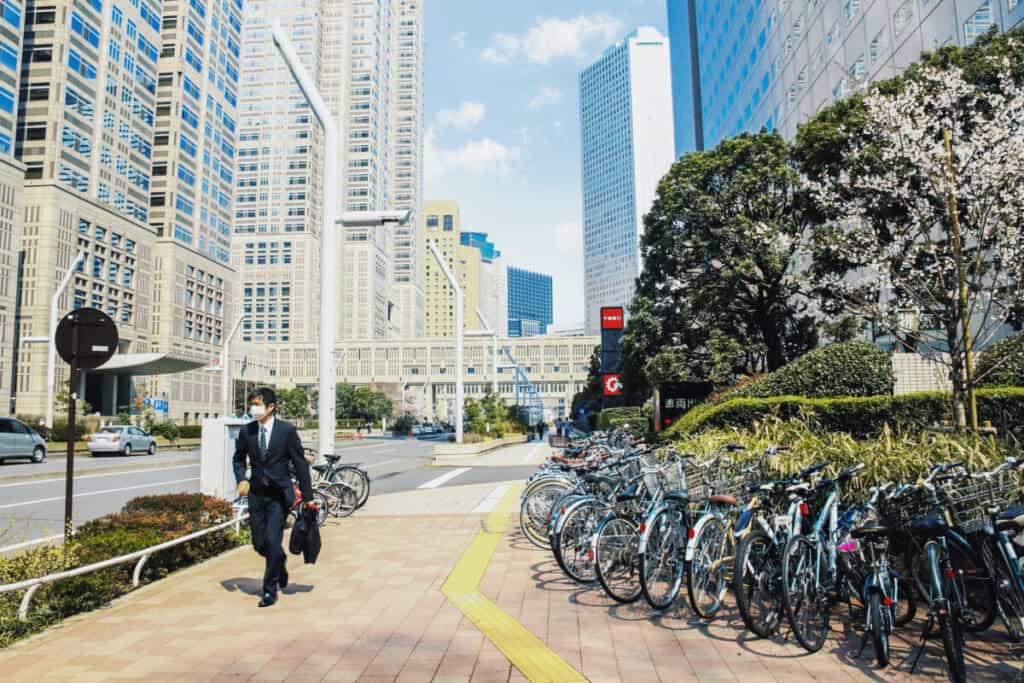
As Tokyo continues to evolve its infrastructure, cycling is set to become an even more integral part of the city’s transportation mosaic.
Walking the Streets
The Pedestrian-Friendly Nature of Tokyo
Tokyo, despite its sprawling nature and towering skyscrapers, retains a remarkably pedestrian-friendly character.
The city’s meticulously planned streets, interspersed with parks, shrines, and rivers, beckon the intrepid explorer.
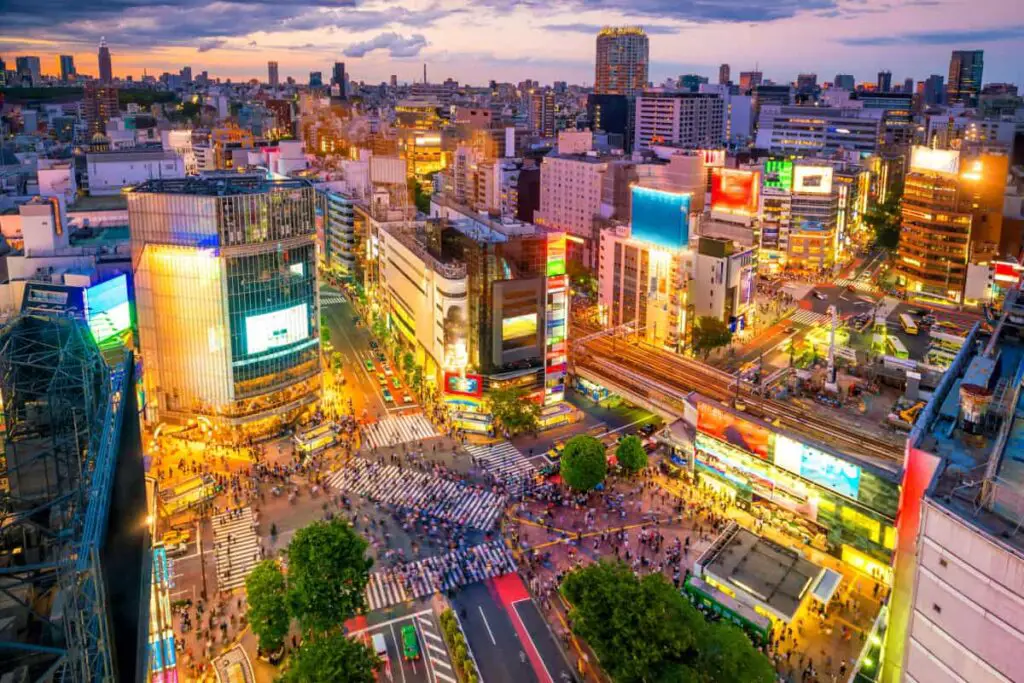
Wide sidewalks, well-marked pedestrian crossings, and traffic signals ensure that walking in Tokyo isn’t just feasible but delightful.
- Scramble Crossings: One of the hallmarks of Tokyo’s pedestrian landscape is the scramble crossing, most famously seen in Shibuya. These crossings allow pedestrians to cross intersections in every direction, including diagonally.
- Car-Free Promenades: Certain areas, especially during weekends, are turned into pedestrian-only zones. Examples include Ginza’s main street and Akihabara’s Chuo Dori.
Guided Walking Tours
For those keen on delving deeper into Tokyo’s history, culture, and hidden gems, guided walking tours are invaluable:
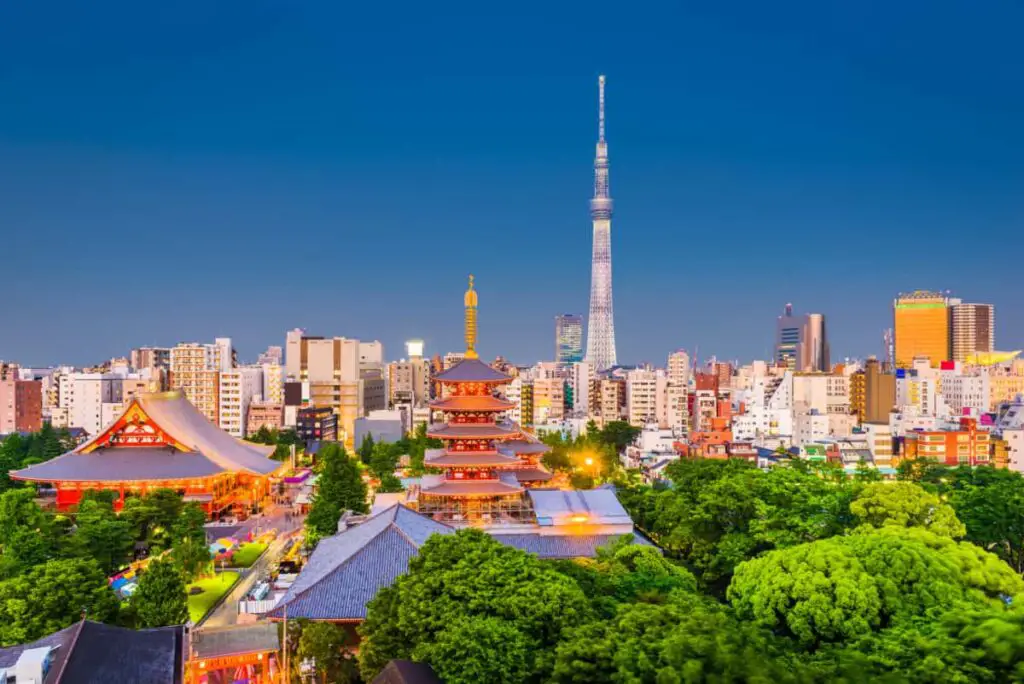
- Historic Tokyo: Walk through areas like Asakusa or Yanaka, soaking in the old-world charm of Tokyo, its temples, and traditional shops.
- Modern Marvels: Explore districts like Odaiba or Roppongi, witnessing Tokyo’s architectural prowess and contemporary art scenes.
- Themed Tours: From anime-centric tours in Akihabara to gourmet walks in Tsukiji, there are walking tours catering to various interests.
Best Neighborhoods to Explore on Foot
- Shimokitazawa: Known for its indie culture, vintage stores, and cozy cafes, Shimokitazawa is perfect for leisurely strolls.
- Daikanyama and Nakameguro: These adjacent neighborhoods, with their trendy boutiques, riverside paths, and chic eateries, offer a relaxed yet sophisticated walking experience.
- Harajuku and Omotesando: The juxtaposition of Harajuku’s quirky Takeshita Street with Omotesando’s tree-lined avenues and luxury brands provides a varied and vibrant pedestrian journey.
- Kagurazaka: With its cobbled streets, traditional eateries, and remnants of old Tokyo, Kagurazaka feels like a step back in time.
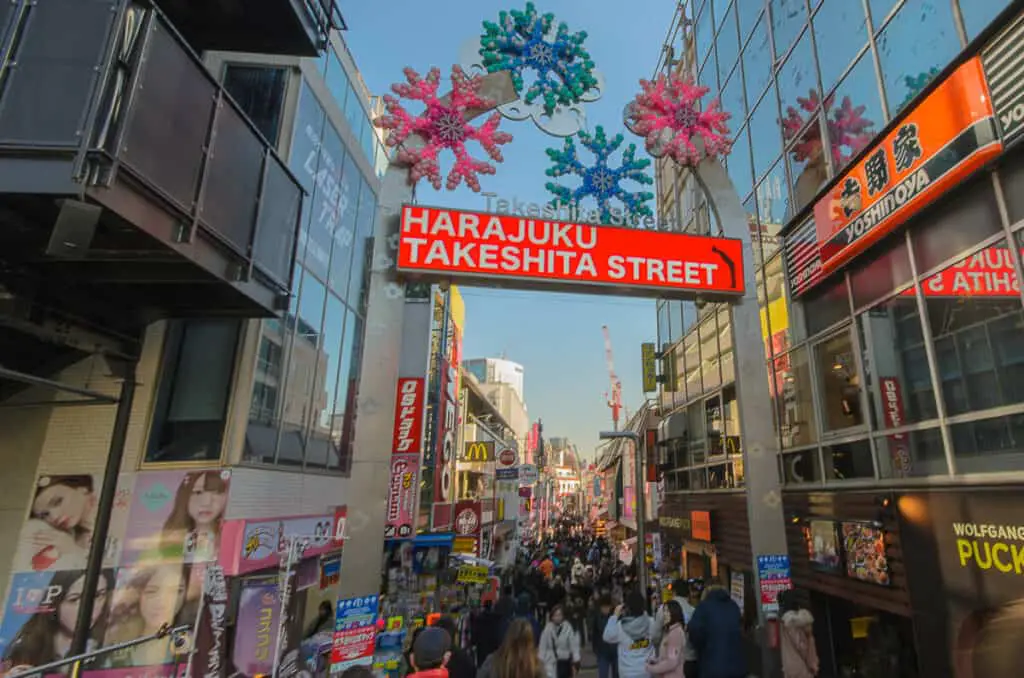
Safety Tips for Pedestrians
- Stay Alert at Crossings: While Tokyo’s traffic is generally well-regulated, always wait for pedestrian lights to turn green and stay vigilant.
- Mind the Bicycles: Especially in areas without designated bicycle lanes, be aware of cyclists sharing the sidewalks.
- Stay Left: The general rule for walking in Tokyo, especially on narrow paths, is to keep to the left, mirroring the driving direction.
- Night Safety: Tokyo is one of the safest cities globally, but it’s always wise to stay aware of one’s surroundings, especially in less populated areas at night.
Walking the streets of Tokyo unveils the city’s pulse. From its bustling commercial districts to tranquil neighborhoods, Tokyo’s essence is best experienced at a pedestrian’s pace.
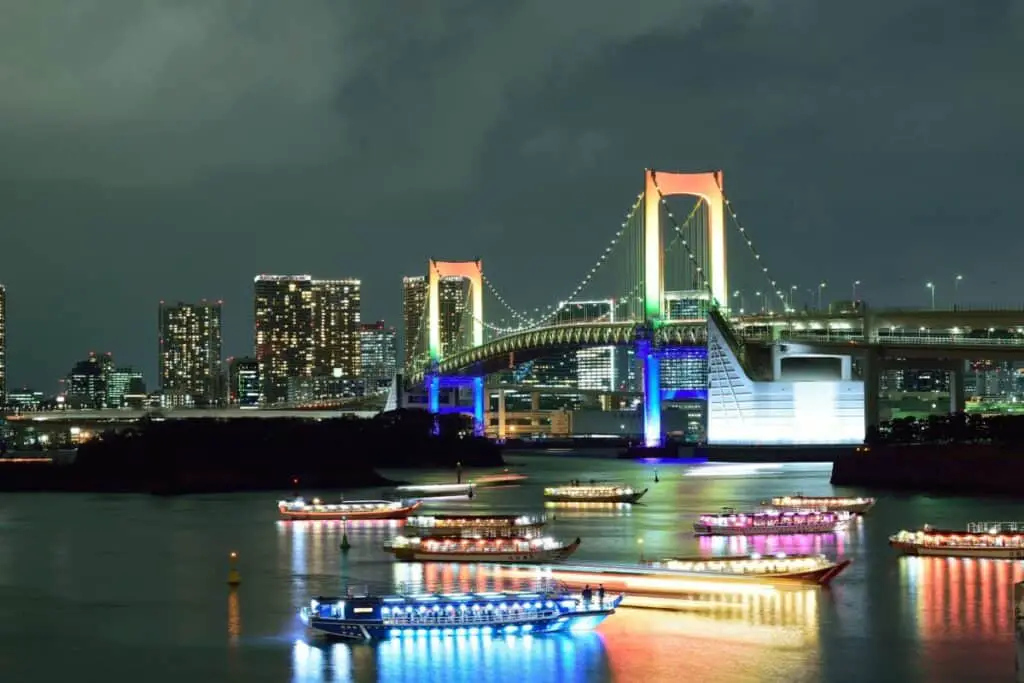
Whether it’s the allure of discovering a hidden shrine, the satisfaction of navigating its myriad lanes, or the simple joy of people-watching, walking in Tokyo is an adventure in itself.
Waterways
Tokyo Water Buses: Routes and Scenery
Tokyo’s intricate web of rivers and canals isn’t just for aesthetics; it serves as a functional, scenic route for transportation:
- Sumida River Line: This popular route runs between Asakusa and Odaiba Seaside Park, passing under numerous iconic bridges and offering views of landmarks such as the Tokyo Skytree and the Tokyo Tower.
- Hotaluna & Himiko Futuristic Ships: Beyond conventional water buses, these uniquely designed vessels provide an upgraded experience with panoramic windows and sleek designs, traversing several Tokyo routes.
- Asakusa-Odaiba Direct Line: This direct route showcases a blend of Tokyo’s historic sites and modern architectural marvels, perfect for first-time visitors.
Traditional Yakatabune Cruises
Yakatabune are traditional Japanese wooden boats that have been cruising Tokyo’s waterways for centuries. Often adorned with lanterns and offering tatami-mat seating:
- Dining on the Water: Many Yakatabune offer traditional dining experiences, where passengers can savor tempura, sashimi, and other Japanese delicacies while floating by Tokyo’s skyline.
- Evening Cruises: The boats are especially popular for evening outings, with Tokyo’s cityscape shimmering in the background, making for a memorable, romantic setting.
Ferries: Connecting Tokyo’s Islands
Beyond its immediate urban confines, Tokyo extends to a group of islands offering a mix of nature, history, and tropical allure:

- Ogasawara Islands: A UNESCO World Heritage site, these islands, also known as the Bonin Islands, are accessible via a 24-hour ferry ride from Tokyo. The journey itself becomes an integral part of the experience.
- Izu Islands: A bit closer to the mainland, islands like Miyakejima and Toshima are connected via regular ferry services, offering travelers an escape from the city’s hustle and bustle.
Best Spots for Riverside and Seaside Views
- Odaiba: This man-made island offers panoramic views of Rainbow Bridge, Tokyo Bay, and the city’s skyline. The Seaside Park is especially recommended during sunset.
- Sumida Park: Located along the Sumida River, this park provides serene riverside views, especially during cherry blossom season when the trees along the river burst into bloom.
- Yokohama’s Minato Mirai: While technically outside of Tokyo, it’s a short ride away. The seaside views, complemented by a sprawling urban backdrop, are worth the detour.

Tokyo’s waterways offer a refreshing perspective on the city. Whether it’s the gentle sway of a Yakatabune, the architectural wonders viewed from a water bus, or the distant horizon from a ferry, Tokyo’s relationship with water adds another layer to its multifaceted charm.
Air Transport
Narita International Airport
Located in Chiba Prefecture, Narita International Airport (often referred to simply as “Narita”) has long been the primary gateway for international travelers coming to and from Japan.
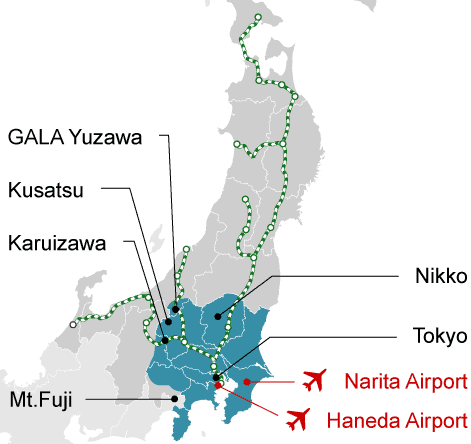
- Terminals: Narita has multiple terminals, each serving a range of international carriers. An inter-terminal shuttle bus facilitates transfer between them.
- Amenities: The airport boasts a range of facilities, from traditional Japanese restaurants and modern lounges to duty-free shopping and cultural exhibitions, providing travelers a taste of Japan before even setting foot outside.
- Connectivity: Located about 60 kilometers from central Tokyo, Narita is connected to the city by the Narita Express (N’EX) train, buses, and highways.
Haneda Airport: Tokyo’s Domestic and International Hub
Closer to the heart of Tokyo, Haneda Airport (officially Tokyo International Airport) has grown in significance, not only serving domestic flights but also an increasing number of international routes.
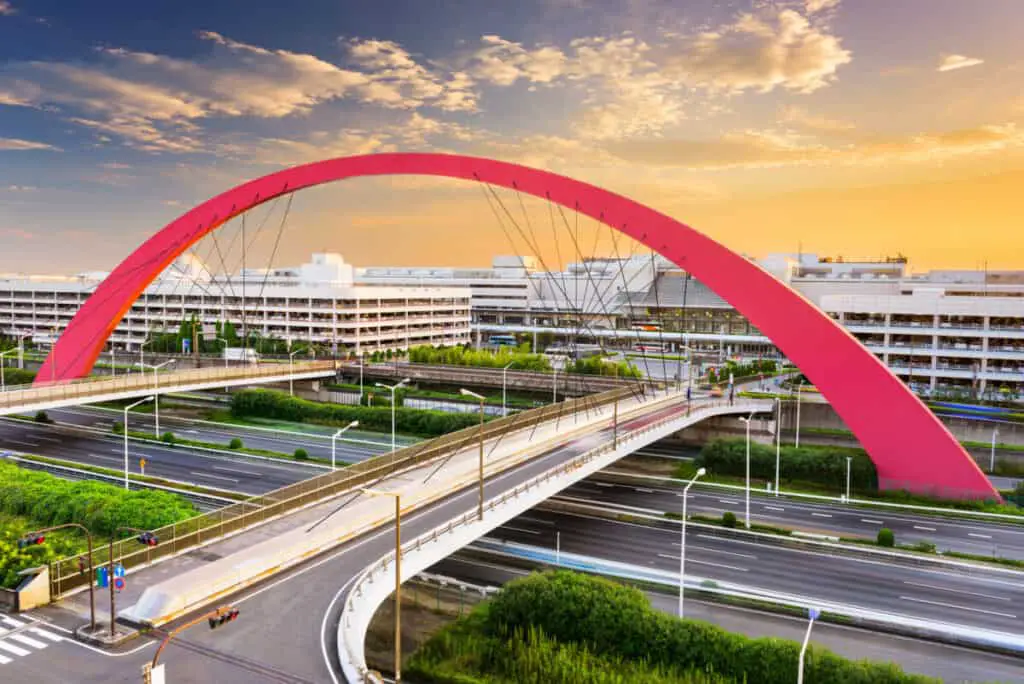
- Terminals: Haneda has separate domestic and international terminals, each equipped with a multitude of amenities to cater to travelers’ needs.
- Efficiency: Often praised for its efficiency, Haneda is known for quick immigration processes, cleanliness, and user-friendly design.
- Sky Deck: The airport’s observation deck offers travelers the opportunity to witness stunning takeoffs and landings against Tokyo’s urban backdrop.
Accessing the Airports: Rail, Bus, Taxi, and Car
- Rail:
- Narita: The Narita Express (N’EX) and Keisei Skyliner are the primary train services connecting Narita to central Tokyo.
- Haneda: The Tokyo Monorail and Keikyu Line connect Haneda to the city, providing swift and efficient transfers.
- Bus: Airport Limousine Buses serve both airports, offering direct routes to major hotels and train stations in Tokyo.
- Taxi: While convenient, taxis to and from the airports can be pricey, especially to Narita. It’s essential to be aware of the fare before embarking on a journey.
- Car: Both airports are accessible by car and have extensive parking facilities. Rental car services are also available for those looking to drive themselves.
Tips for Smooth Airport Navigation
- Time Management: Especially during peak seasons, it’s recommended to arrive at the airport at least 3 hours before international departures to accommodate potential queues at check-in and immigration.
- Mobile Apps: Both airports have official mobile applications that provide real-time flight information, terminal maps, and other essential details.
- Wi-Fi Access: Free Wi-Fi is available at both Narita and Haneda airports. Ensure your device is charged, and if necessary, portable chargers are available for rent or purchase.
- Lounges: Both airports feature a range of lounges. Even if you’re not flying business or first class, some lounges offer entry for a fee, providing a quiet space to relax and refresh.
As bustling hubs of activity, Tokyo’s airports reflect the city’s dynamism and commitment to hospitality.
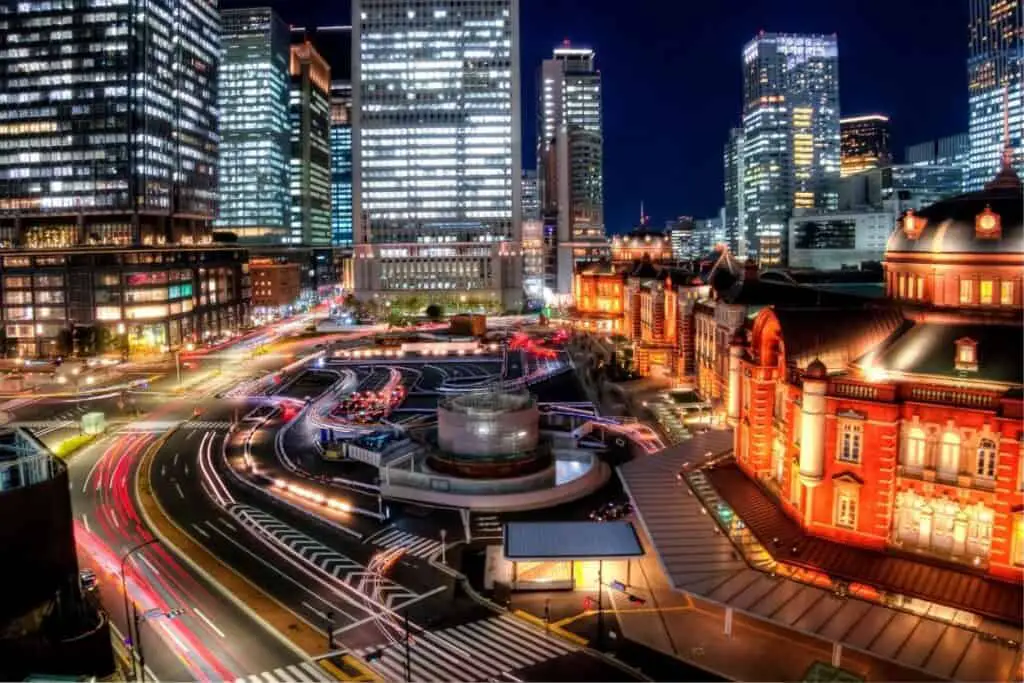
From the moment of landing to the final call for boarding, travelers can expect a blend of efficiency, modernity, and traditional Japanese courtesy, setting the tone for their journey in or out of the metropolis.
Personal Mobility Devices & New-age Transport
Electric Scooters in Tokyo
The global trend of electric scooters has also made its mark in Tokyo, giving residents and visitors an efficient and eco-friendly way to navigate the city’s streets.
- Regulations and Usage: As with many cities, Tokyo has specific regulations governing where and how electric scooters can be used. This section delves into understanding the rules to ensure a safe ride.
- Rental Services: Numerous companies provide electric scooter rental services in Tokyo, each with its app and pricing structure. Get insights into the most popular and user-friendly options.
- Parking & Charging: Learn about the designated parking spots and charging stations, ensuring the scooter’s battery remains charged and ready for your journey.
Ride-sharing e-bikes
The blend of technology with the traditional cycling culture in Tokyo has given rise to the popularity of ride-sharing e-bikes.
- How It Works: An introduction to the concept of ride-sharing e-bikes and how they’ve revolutionized short-distance travel in Tokyo.
- Popular Services: Get to know the major players in the e-bike sharing industry, from sign-up to ride.
- Routes and Parking: While Tokyo boasts many cycling-friendly paths, there are special lanes and parking areas designated for e-bikes, ensuring safety for riders and pedestrians alike.
Future Transport Innovations in Tokyo
Tokyo, always at the forefront of technological advancements, is continuously evolving its transport landscape to match the needs of the future.
- Autonomous Vehicles: With trials underway, Tokyo aims to incorporate self-driving cars into its transport matrix. Discover the progress, challenges, and expected roll-out timelines.
- Flying Taxis: A peek into the developments and collaborations aiming to make urban air mobility a reality in Tokyo’s skies.
- Hyperloop & Maglev Trains: Understand the potential of these ultra-high-speed transport methods and how they might shape Tokyo’s connectivity in the decades to come.
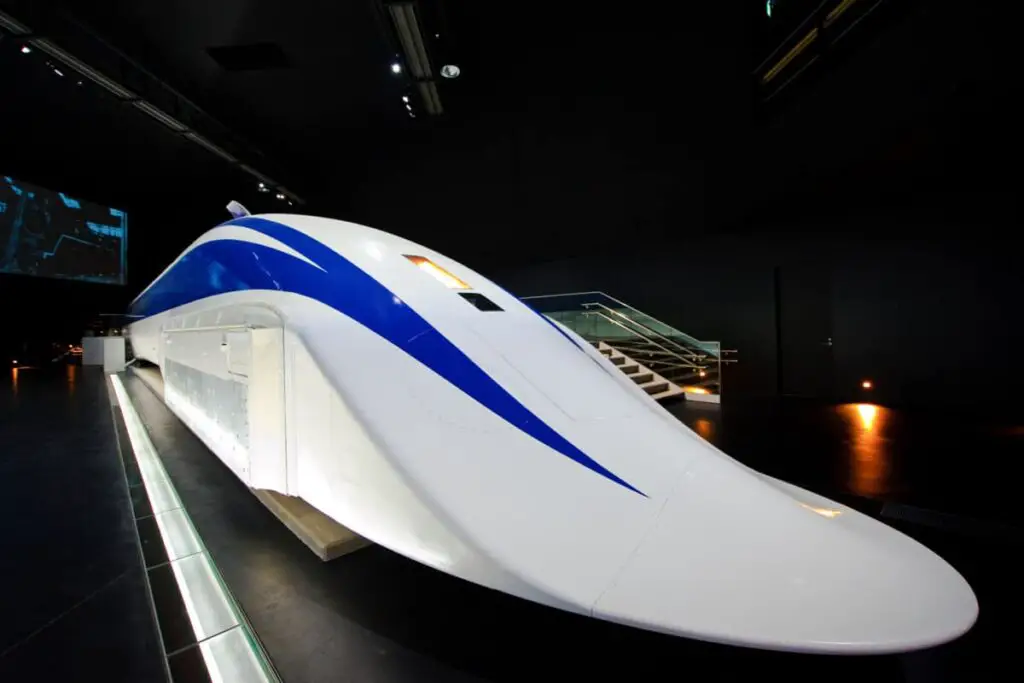
In a city that never stops moving, Tokyo’s embrace of personal mobility devices and new-age transport solutions isn’t just about staying current; it’s a commitment to ensuring that every journey, no matter how short or long, is efficient, eco-friendly, and in tune with the needs of its ever-evolving populace.
The future of transport in Tokyo promises a blend of tradition and innovation, with every mode of transport echoing the city’s spirit of harmony and forward momentum.
Tips & Tricks For Smooth Traveling Around Tokyo
Using IC Cards: Suica, Pasmo, and more
Integrated circuit (IC) cards have revolutionized the ease of transit in Tokyo, allowing seamless access across various modes of transport:
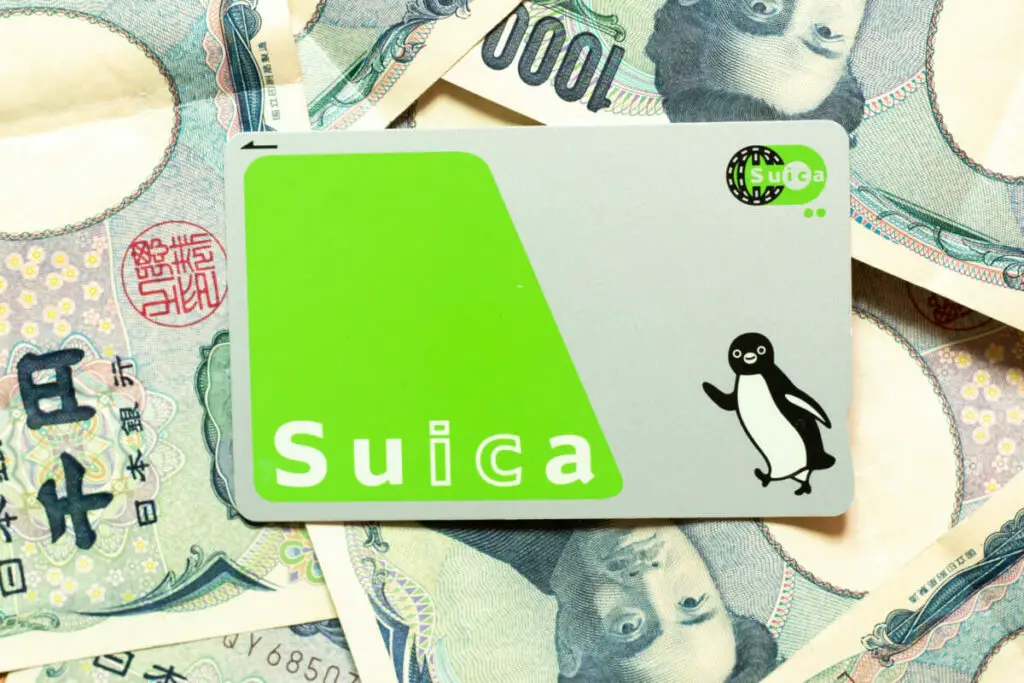
- Basics: Understand the concept of IC cards, how they work, and their widespread acceptance not just in transport but in convenience stores and vending machines.
- Choosing the Right Card: While Suica and Pasmo are the most popular, there are other options. This section helps readers decide which card aligns best with their travel patterns and needs.
- Topping Up and Refunds: A step-by-step guide on how to recharge IC cards and claim refunds on remaining balances before leaving Tokyo.
Dealing with Rush Hour
Tokyo’s rush hour is legendary, but with a little preparation, it doesn’t have to be daunting:
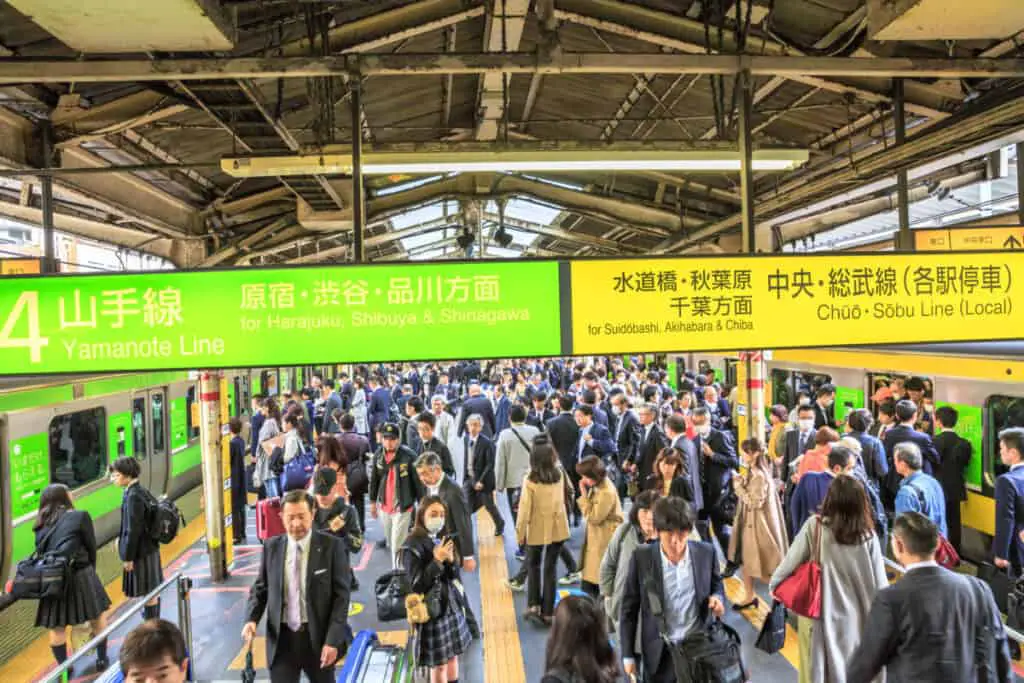
- Timings to Avoid: Specific hours when Tokyo’s transport system is at its busiest and recommendations for alternative travel times.
- Strategies for Comfort: Tips on how to find space, position oneself in a train car, or when to let a crowded train pass for a less packed one.
- Etiquette: Understand the unspoken rules and courtesies of commuting during peak hours to ensure a harmonious journey.
Transport Apps & Digital Assistance
Navigating Tokyo’s complex transportation network becomes a breeze with the aid of technology:
- Most Recommended Apps: From real-time train schedules to bus routes and taxi hails, discover the apps that locals and tourists swear by.
- Language Support: While many apps offer multi-language support, this section provides tips on how to overcome potential language barriers in digital tools.
- Offline Solutions: For times when internet connectivity is shaky or unavailable, learn about offline maps and tools to keep you on track.
Discounts, Passes, and Travel Deals
Tokyo offers a plethora of options to make travel wallet-friendly:
- Tourist Passes: Detailed insights into tourist-exclusive passes that offer unlimited rides on certain lines or within specific zones.
- Day Passes: For those planning intensive travel days, learn about passes that offer unlimited daily rides.
- Promotional Deals: Seasonal promotions, tie-ups with tourist attractions, and special discounts available for certain demographics.
Accessibility and Considerations for Disabled Travelers
Tokyo has made strides in ensuring its transport network is accessible to everyone:
- Facilities & Infrastructure: Understand the facilities available across stations, buses, and other transport modes, such as elevators, ramps, and tactile paving.
- Assistance Services: Learn about services like guide assistance for visually impaired travelers or support for those with mobility challenges.
- Planning Ahead: Recommendations on how to plan routes, check station layouts, and ensure a smooth travel experience for those with disabilities.
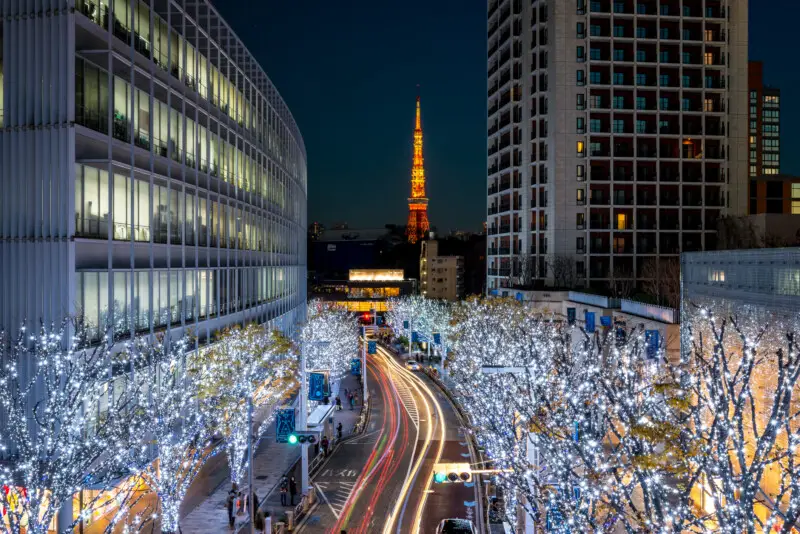
Traveling in Tokyo can be a joy, provided one is equipped with the right knowledge and tools.
This section aims to arm travelers with handy tips and insights, ensuring that every journey within this sprawling metropolis is smooth, efficient, and enjoyable.
Whether you’re a first-timer or a seasoned Tokyo traveler, there’s always something new to learn and incorporate into your transit toolkit.
The Seamless Interplay of Different Modes of Transport
Tokyo, a city that embodies the perfect blend of tradition and modernity, showcases this ethos not just in its culture and architecture, but in its transportation network as well.
As we’ve traversed the various modes of transport that crisscross the metropolis, it’s evident that the city has mastered the art of integrating different transit systems.
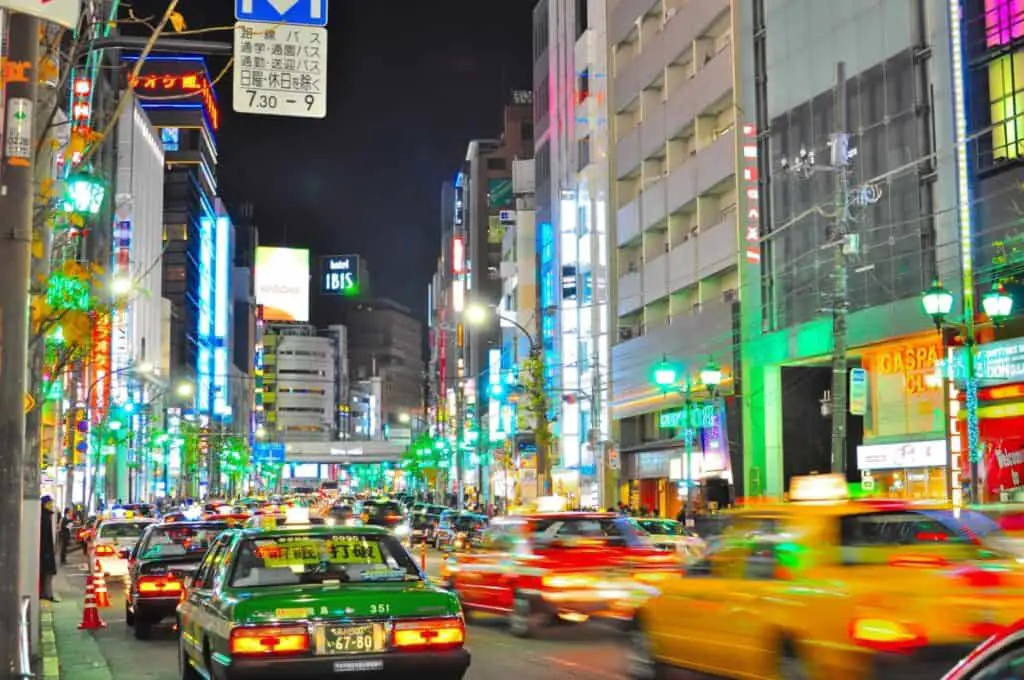
From the punctuality of its bullet trains to the convenience of its IC cards, from the charming water buses on its rivers to the futuristic promises of autonomous vehicles, Tokyo ensures that each component of its vast transport matrix works in harmony with the other.
This seamless interplay is a testament to the city’s commitment to its residents and visitors, ensuring that moving across Tokyo is not just a mundane task, but an experience in itself.
Embracing Sustainable and Efficient Travel in Tokyo
Tokyo’s transport landscape also offers a glimpse into the city’s values. Amid the hustle and bustle, there’s a clear emphasis on sustainability and efficiency.
Electric scooters, ride-sharing e-bikes, and pedestrian-friendly pathways all underscore Tokyo’s vision for a greener future. The city’s effort to reduce its carbon footprint doesn’t stop at these innovations.
The widespread use of IC cards not only promotes paperless transactions but also ensures more efficient energy consumption in transport systems.

Additionally, the ever-present notion of Japanese “omotenashi” (hospitality) is felt in the thoughtful design of transportation for all, including the differently-abled.
In a world grappling with the challenges of urbanization, congestion, and environmental concerns, Tokyo sets an example.
The city’s transport system is not just about getting from point A to B; it’s a statement of purpose. It speaks of a city that cares for its environment, values the time and comfort of its people, and continuously innovates to stay ahead.
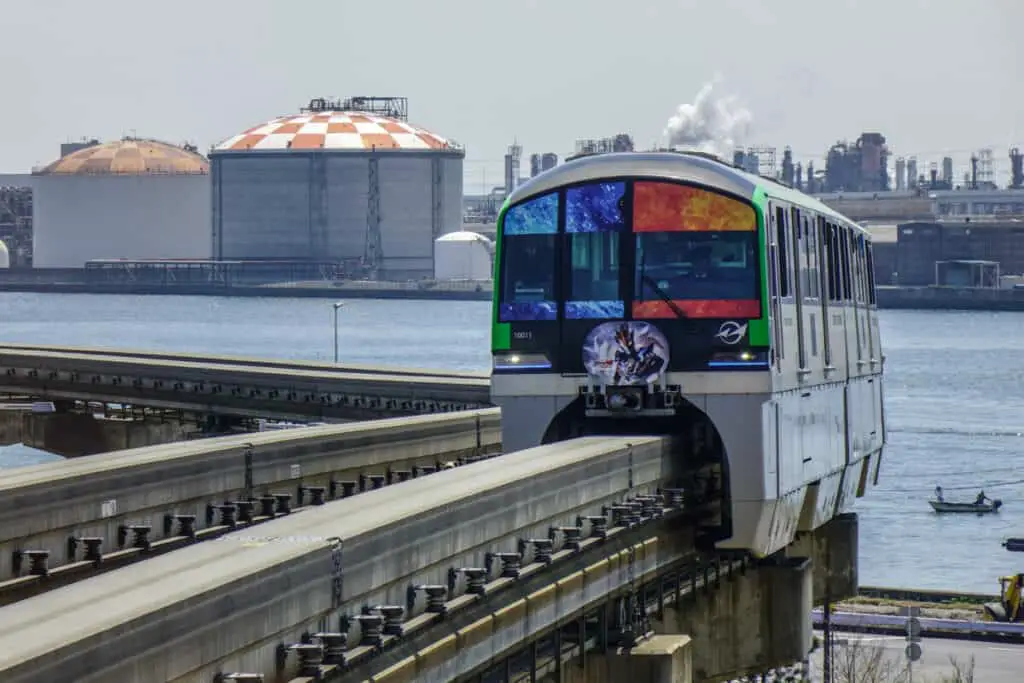
As we conclude our journey through Tokyo’s transportation narrative, it’s clear that this network is more than just infrastructure – it’s the lifeline of the city, pulsating with energy, efficiency, and elegance.
Whether you’re a daily commuter or a wide-eyed tourist, Tokyo invites you to embrace its unique rhythm, urging you to travel sustainably, efficiently, and always in style.
Below is a collection of website links to the primary modes of transport available in Tokyo:
- Trains & Subways
- JR East (Japan Railways): The major train operator in the Tokyo area. The Yamanote Line is especially popular as it loops around central Tokyo.
- Tokyo Metro: One of the two primary subway operators in Tokyo.
- Toei Subways: The other main subway operator in Tokyo.
- Buses
- Toei Bus: Tokyo’s primary bus service.
- Taxis
- Tokyo taxis are plentiful. While you can hail them on the streets, here are a few major taxi companies’ sites for reference or advance booking:
- Bicycles
- Docomo Bike Share: Tokyo’s popular bike-sharing service. Great for short city rides.
- Tokyo Bicycles: This site provides info on bicycle tours and rentals.
- Water Buses
- Tokyo Cruise Ship Co.: Offers water bus services on Sumida River and Tokyo Bay.
- Car Rentals
- While it’s not typically recommended due to traffic and the efficiency of public transport, if travelers wish to rent a car, here are a couple of popular agencies:
- Transportation Navigation & Scheduling
- Hyperdia: This website is invaluable for planning train and subway routes, including costs and transfer points.
- NAVITIME: This tool helps navigate train, bus, and walking routes in Tokyo and all of Japan.
- Tourist Passes
- Tokyo Metropolitan District Pass (Tokunai Pass): Unlimited rides on JR lines within Tokyo.
- Tokyo Subway Ticket: Unlimited rides on Tokyo Metro and Toei Subway lines.
- Airport Transfer
- Narita Express (N’EX): Links Narita Airport to central Tokyo.
- Tokyo Monorail: Connects Haneda Airport to the Yamanote Line.









